Folk art is not just about patterns or paint; it’s a living language of heritage, emotion, and identity. Among its many branches, decorative and visual folk art captures the everyday beauty of rural life and ancestral traditions through color, form, and storytelling.
What is Decorative and Visual Folk Art?
Decorative and visual folk art refers to art forms created by ordinary people, often without formal training, that reflect the traditions, beliefs, and lifestyle of their community. These works are usually handmade and often serve both functional and ceremonial purposes.
This art is passed down through generations, rooted deeply in local rituals, folklore, festivals, and natural surroundings. What makes it so special is its honesty and vivid celebration of life.
Key Features
- Vibrant Colors: Bold and bright color palettes dominate folk art.
- Symbolism: Nature, gods, animals, and daily life are common motifs.
- Flat Perspective: Often 2D, simple, and stylized in approach.
- Handcrafted: Created using natural dyes, brushes, or fingers.
- Community-Driven: Often collaborative or passed through families.
Popular Forms of Decorative & Visual Folk Art
1. Madhubani Art (India)
Originating in Bihar, Madhubani is known for intricate patterns, mythological themes, and bold black outlines filled with bright natural colors.
2. Warli Painting (India)
From Maharashtra’s Warli tribe, this art uses white pigment on mud walls to depict everyday life with stick figures and geometric shapes.
3. Pattachitra (Odisha & Bengal)
Scroll painting style known for religious storytelling, vibrant colors, and detailed borders.
4. Kalighat Paintings (Bengal)
Bold outlines and dramatic expressions used to narrate religious and social tales.
5. Aboriginal Dot Painting (Australia)
Symbolic and spiritual art by Indigenous Australians using dots and patterns to convey ‘Dreamtime’ stories.
6. Mexican Folk Art
Includes Day of the Dead skulls, floral tiles, and colorful paper cuttings (papel picado) inspired by festivals and nature.
7. Polish Wycinanki
Intricate paper cutting art featuring floral and animal designs, often used for home decoration.
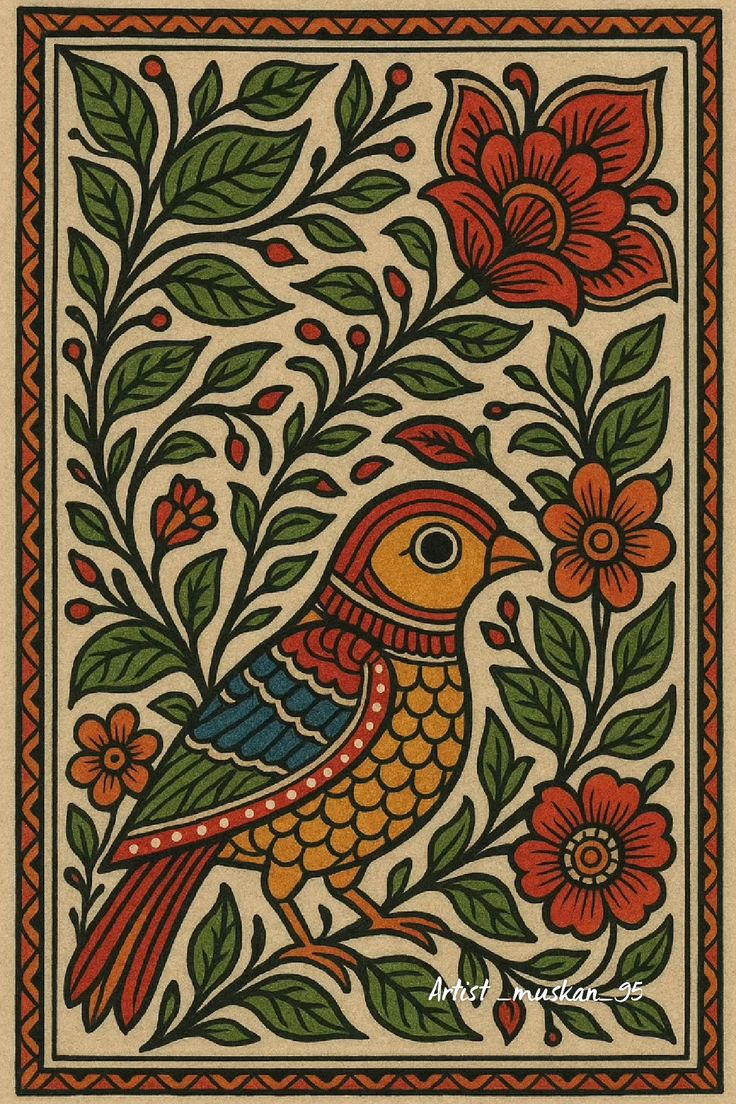
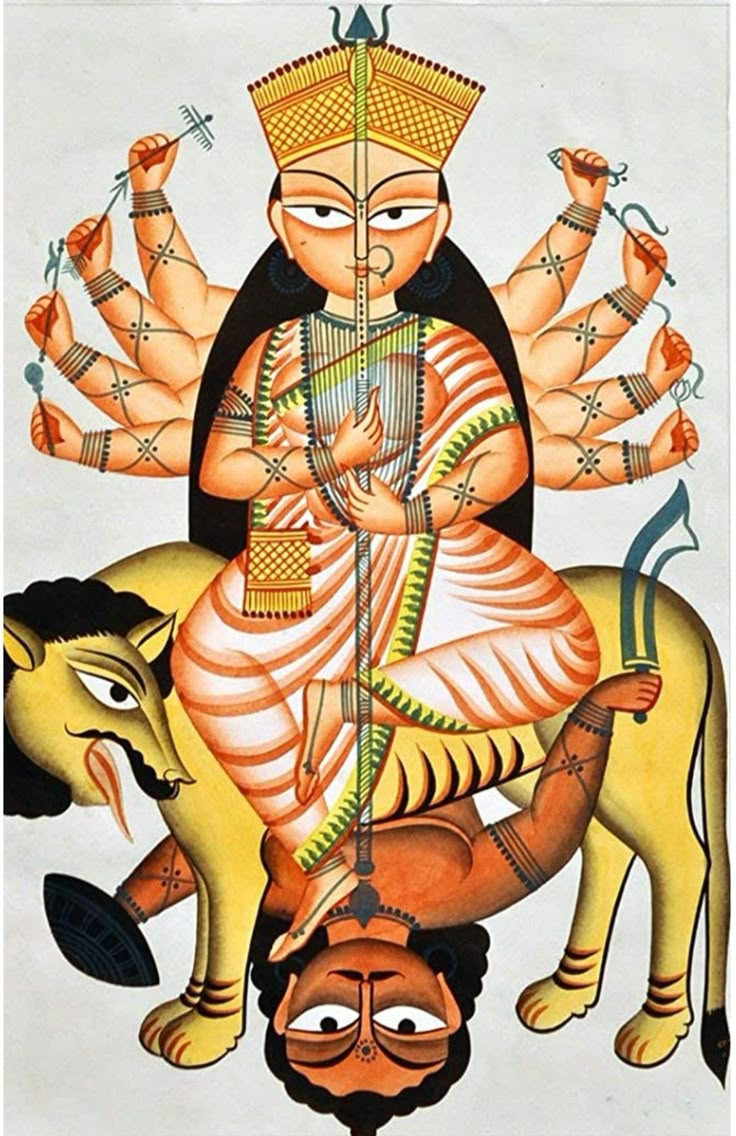
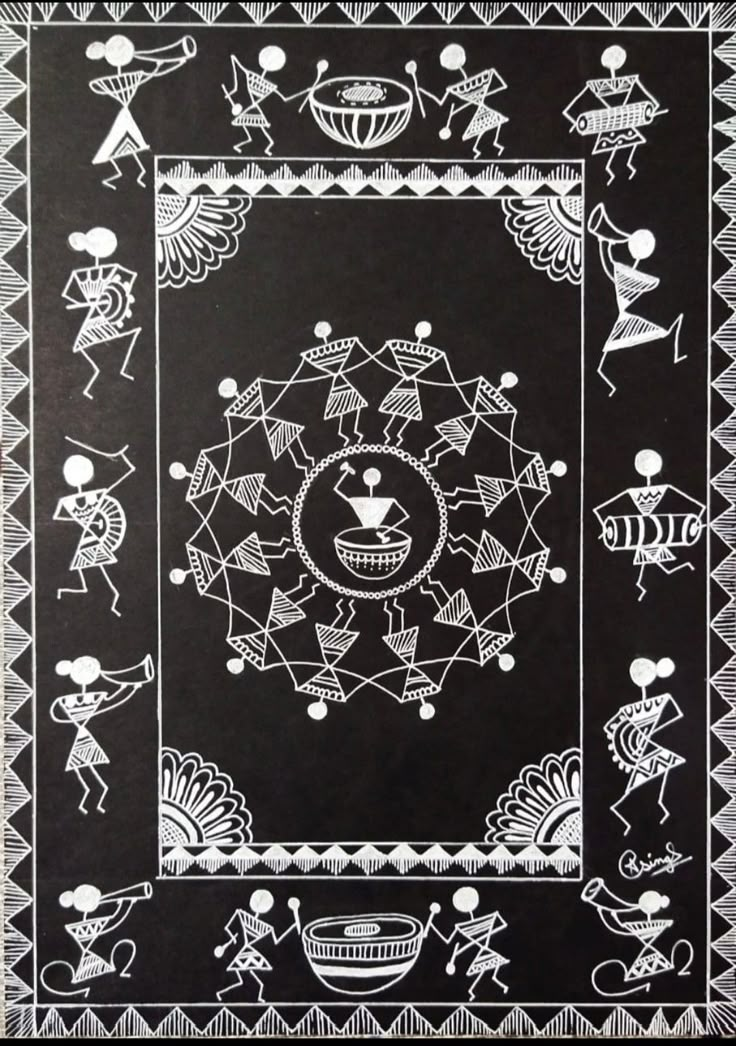
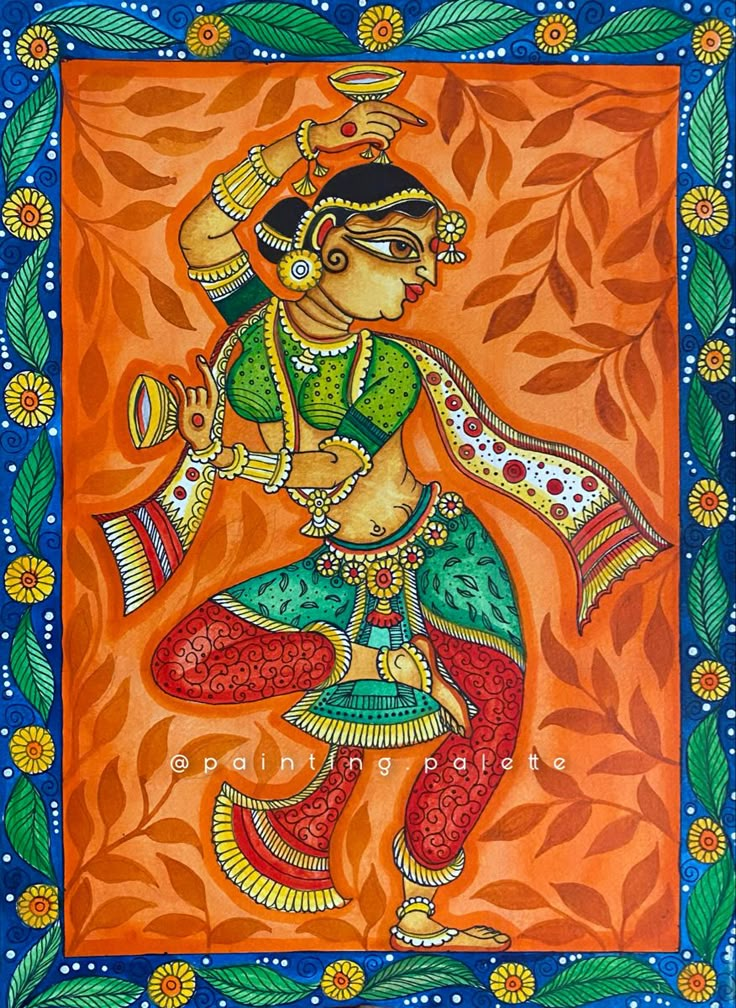
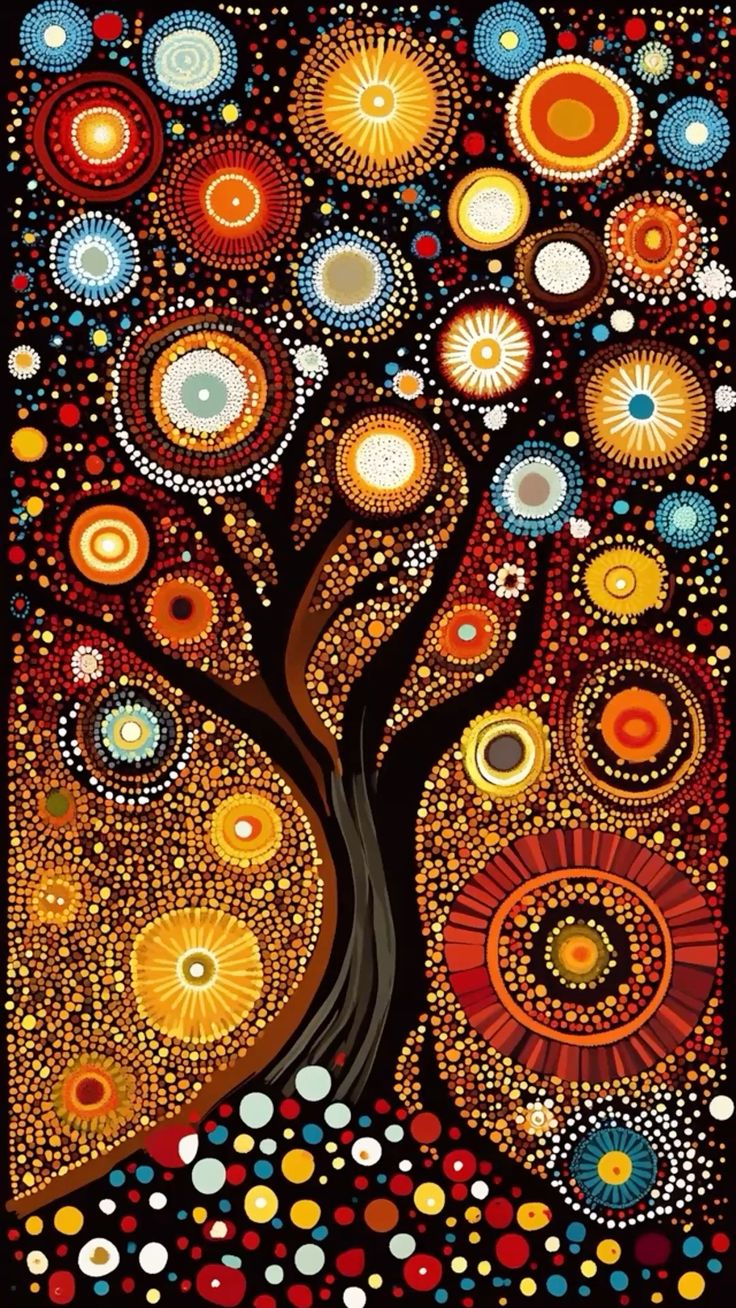
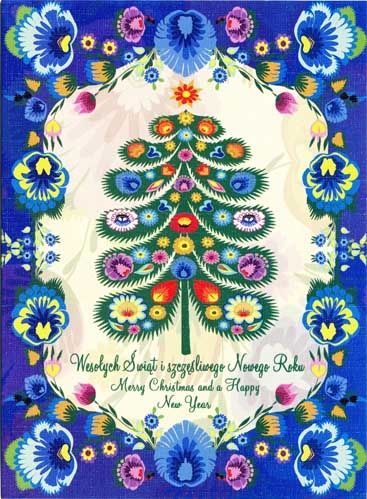
Why It Matters
Decorative folk art is not just aesthetic—it’s cultural memory painted on canvas, cloth, or walls. It:
- Preserves traditions and stories
- Empowers communities (especially women artisans)
- Celebrates identity and local heritage
- Supports sustainability through eco-friendly materials
How You Can Experience It
- Visit rural art fairs or tribal exhibitions
- Support local artisans through handmade markets
- Try a workshop in Warli, Madhubani, or paper cutting
- Use folk motifs in modern design (home decor, fashion, branding)
Folk Art in the Modern World
Many designers and illustrators now merge folk styles with digital art, fashion, and interior design. Visual folk art continues to inspire everything from packaging to tattoos, proving that this ancient art form is timeless.
Final Thought
Decorative and visual folk art is a celebration of everyday life wrapped in colors, stories, and textures. It speaks from the heart of the community, preserving its soul through brushstrokes and symbols.
So, whether you admire a wall mural, a handmade scroll, or a block-printed fabric—know that you’re witnessing the vibrant voice of tradition.
Folk art captures the soul of a people, one symbol at a time.
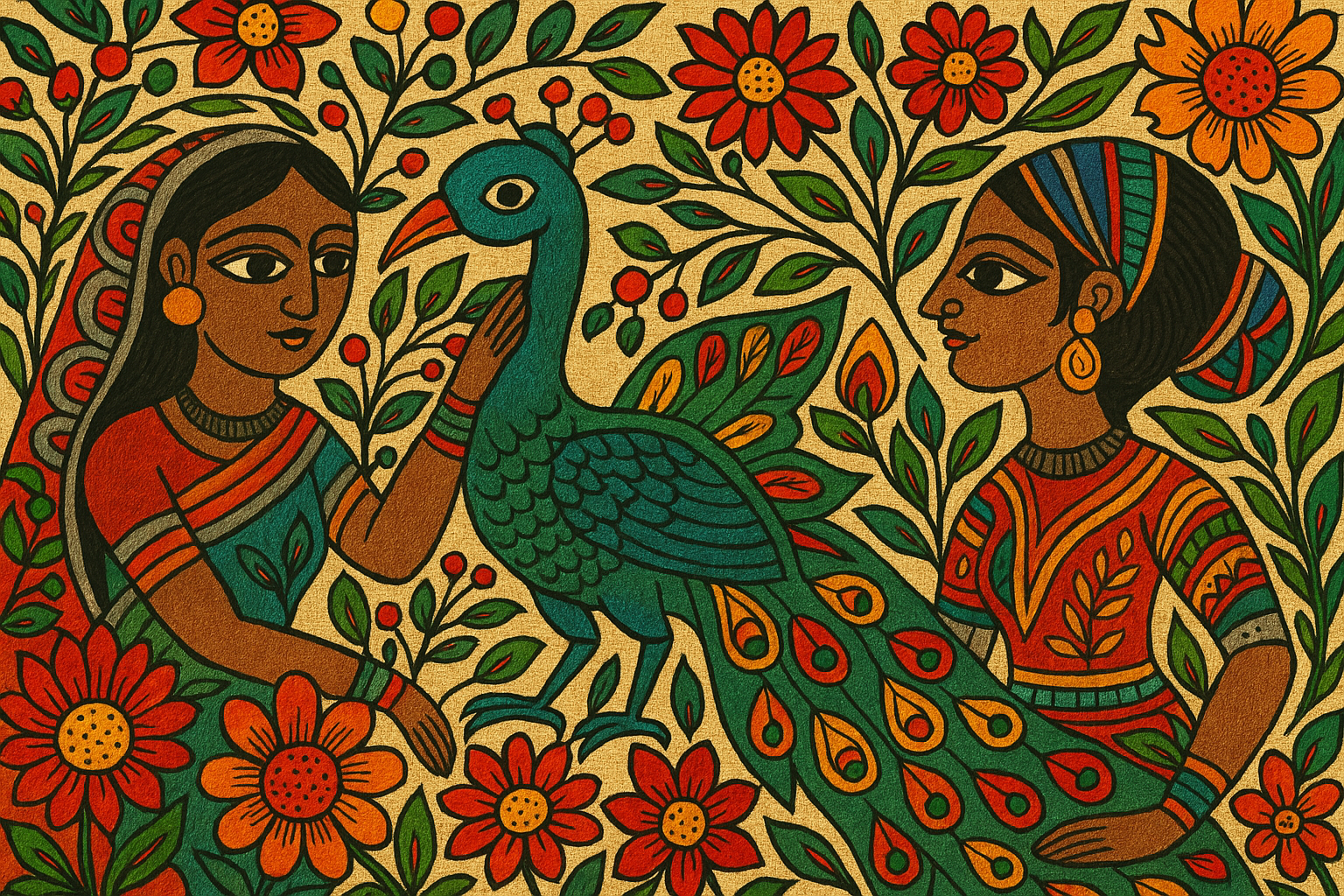
Leave a Reply